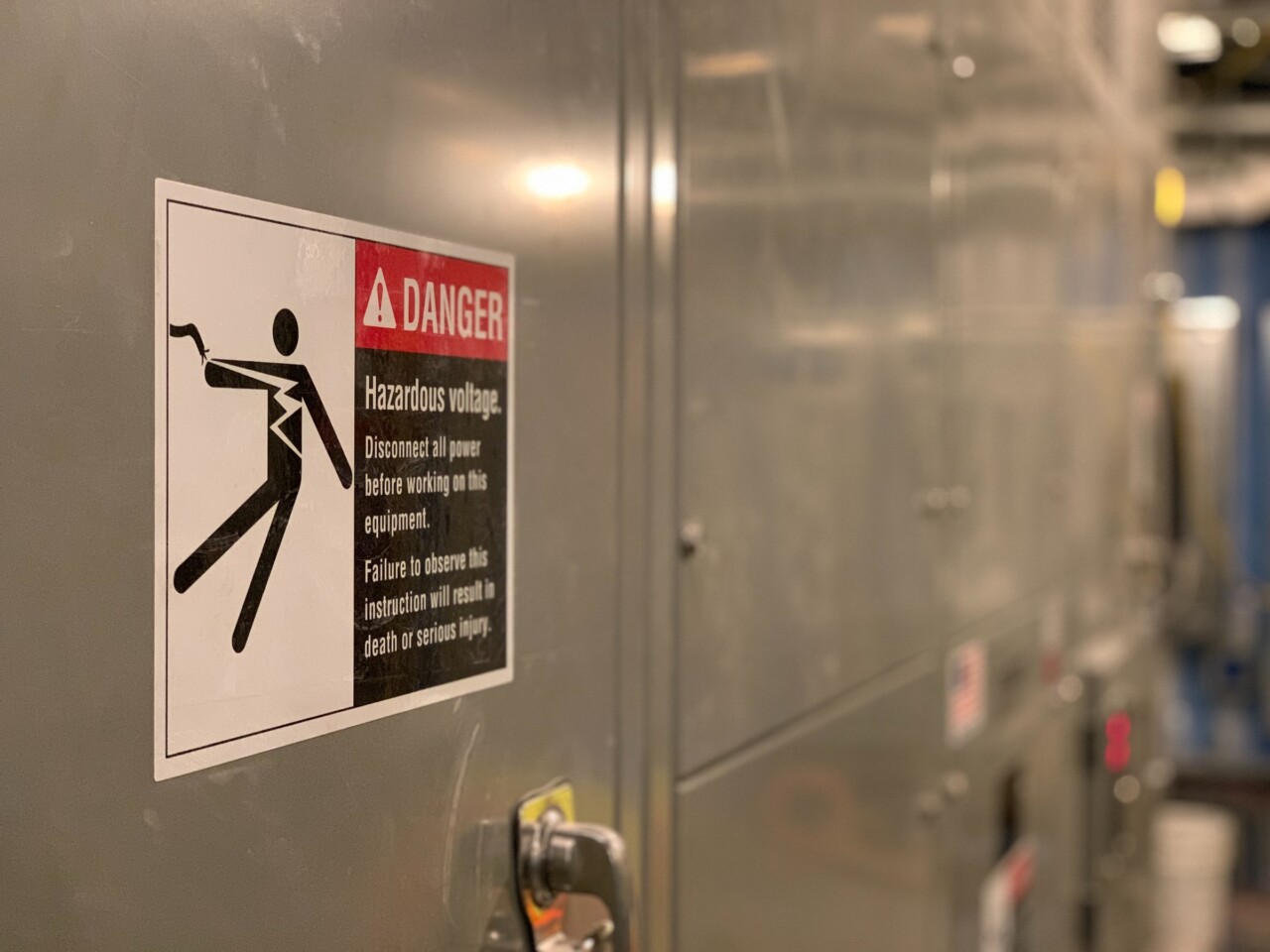On average, 14 people die as a result of an occupational-related injury in the United States every day. Though this is an alarming statistic, there are countless prevention measures that are often overlooked by both employer and employee in several aspects of the job. Continued education and training that covers both basic and advanced precautions are critical and taking the time to learn more about occupational hazards will help your organization minimize risk and keep your employees safe.
Asbestos, the occupational world’s silent killer, exists in a number of places and is responsible for roughly half of occupational cancers. Professions including construction, the military, firefighting and mining are among the most at-risk for exposure, as asbestos becomes dangerous to humans once disturbed and inhaled.
Where Might Asbestos be Lurking?
- Construction Products
- Fireproofing Materials
- Electrical Materials
- Military Bases/Ships
- Vehicle Parts
- Consumer Products
Asbestos use has decreased steadily since it was first regulated in the late 1970s, but there has yet to be a total ban in the United States. If you work closely with any of these products or in homes and buildings built in the mid- to late-1900s, asbestos is likely present.
If exposed to airborne asbestos fibers on the job, a worker increases their own chances of developing an asbestos-related illness, as well as their family and friends. Symptoms of asbestos exposure can take anywhere from 10 to 50 years to surface, so be wary of the symptoms and consult a doctor with any worries if you are retired but worked with asbestos during your career.
Asbestos Exposure and Your Health: Symptoms to Watch Out For:
- Lower back or chest pain
- Shortness of breath
- Fatigue
- Nausea and vomiting
- Weight loss
- Difficulty swallowing
- Fluid buildup (around the lungs, heart or testes)
- Abdominal pain and swelling
Lower Your Risk of Asbestos Exposure
Fortunately, there are a number of safety measures that can be taken to avoid or reduce the likelihood of exposure on the job. For starters, it’s always smart to consult an asbestos abatement professional prior to beginning work at a site where asbestos is possibly present. Doing so will allow an asbestos abatement company to safely remove the asbestos from the location prior to when work begins.
If working closely with the toxicant is necessary, employers should be sure to provide their workers with asbestos awareness training, as well as the right personal protective equipment (PPE), including respirators, respiratory masks, goggles or glasses, rubber boots, and gloves. Additionally, workers should avoid eating or drinking near the exposed area, wash exposed body parts with soap and water, wet the materials that are being cut or broken and avoid bringing clothing or equipment home that could expose others.
Learn More
Cority’s Industrial Hygiene solution was designed to help employers identify hazards, proactively mitigate risks, and keep their workforce safe from exposure. Built in collaboration with our team of certified industrial hygienists with input from our clients, Cority enables you to manage all exposure assessment data in one place, streamline how you manage sampling and similar exposure groups, and build comprehensive risk assessment programs to continuously evaluate and mitigate risk. Watch the 90-second video to learn more:









